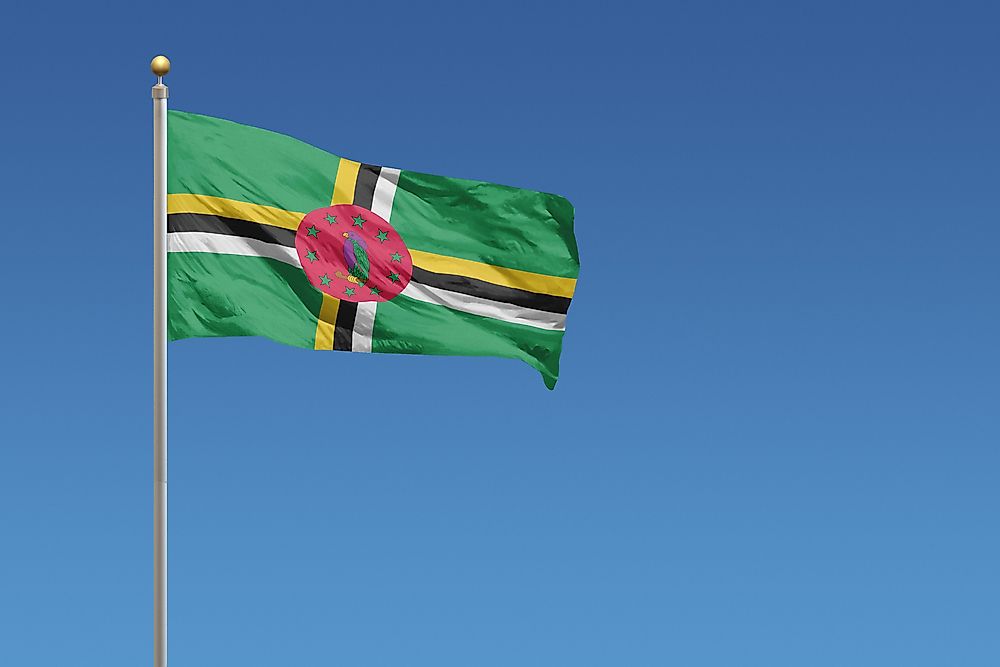What Type Of Government Does Dominica Have?

Dominica or the Commonwealth of Dominica is an island sovereign state in the Lesser Antilles archipelago in the Caribbean Sea. The country is in the southeastern part of Guadeloupe and northwestern part of the Martinique. The capital city of Dominica is Roseau. The Prime Minister of Dominica serves as the head of government. Dominica means Sunday in Italian ("Domingo" in Latin), and was named for the day of November 3, 1493. However, the settlers, known as the Caribs, referred to the island as Waitikubuli meaning ‘tall is her body.' The island was a French colony from 1715 to 1763 and a British colony from 1763 to 1978. The UK granted the Commonwealth of Dominica full independence on November 3, 1978. The country's successive governments have had to grapple with economic issues and hurricanes such as those of 1979 and 1980.
Executive Branch Of The Government Of Dominica
The executive branch in Dominica features a President and a Prime Minister. The Constitution of 1978 recognizes Dominica's President as the head of state. The Prime Minister in conjunction with the Leader of Opposition nominates the President who is subsequently approved by Parliament for a five-year term. The President is mandated with the appointment of the Prime Minister who is the figure who garners the majority of representatives. The President further appoints cabinet ministers upon the Prime Minister's recommendation. The Prime Minister and his/her team of ministers are answerable to Parliament and can be dismissed through a no-confidence vote.
Legislative Branch Of The Government Of Dominica
The Constitution of Dominica provides for a House of Assembly to execute legislative duties. Twenty-one representatives in addition to nine Senators sit in the unicameral House. The Attorney General sits in the assembly's sessions as an ex officio member. If the Speaker is appointed from outside parliament, he becomes the thirty-second member. The representatives represent single-member constituencies for five-year terms. The elections are carried out directly using the simple-majority. Once elected, the representatives determine whether the senators will be appointed or elected by their vote. In the case of senatorial appointment, the President nominates five nominees upon the Prime Minister's advice and four upon the recommendation of the opposition leader. The last election was held on December 8, 2014, and the Dominica Labour Party garnered 15 seats while the United Worker's Party got six seats. The Cabinet of Dominica is composed of members of the Assembly. No more than three Senators, however, can be cabinet members.
Judicial Branch Of The Government Of Dominica
The nation's legal system is derived from the English common law. The country has a High Court of Justice and three magistrate's courts. In 1967, the Eastern Caribbean Supreme Court was founded with its headquarters in Saint Lucia. Dominica is one of the member states in the court's jurisdiction. The Court has both the Court of Appeal and the High Court of Justice. The High Court comprises of 16 judges, one of whom must reside in Dominica and administer over the High Court of Justice. The High Court decides on matters such as constitutional affairs and fundamental rights and freedoms. Magistrate courts give audience to less serious cases. The country's current High Court judges are The Hon. M.E. Birnie Stephenson-Brooks and The Hon, Brian Cottle.
Administration Of Dominica
The majority of Dominica's towns are administered by councils elected via universal suffrage. Among the councils' responsibilities are sanitation, regulation of markets, and the maintenance of secondary roads. The councils' budgets are mainly supported by property taxation. Dominica is divided into ten parishes whose administration is separate from that of the town governments. These parishes include Saint Luke, Saint David, Saint Peter, Saint Patrick, and Saint Andrew.











